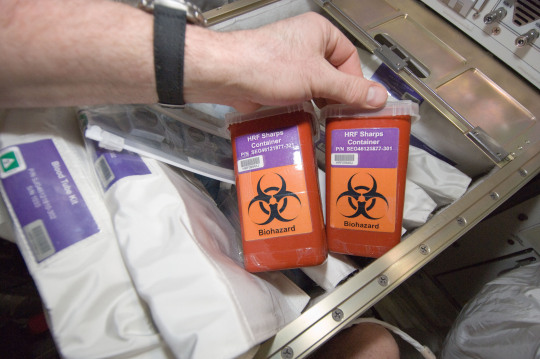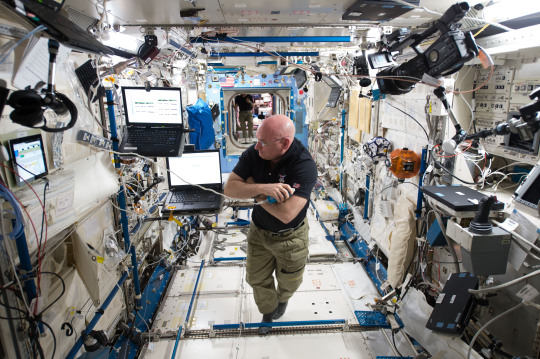It seems there's nowhere left to run from the scourge of microplastic pollution. A small pilot study recently took microplastic samples from one of Europe's most pristine hideaways, the French Pyrenees mountains, and found as many microplastics in the soil as you might expect from a megacity like Paris,
reports NPR.
The culprit? The wind. Researchers now fear that our planet's winds can pick up microplastics from just about anywhere and transport them around the world, sometimes in alarming quantities.
"We'd kind of expected it in a city getting blown around," said Steve Allen from the University of Strathclyde in the U.K., one member of the team. "But way up there? The number is astounding."
Microplastics are fragments smaller than a fifth of an inch that have broken down from larger pieces of plastic. The forces of nature don't distinguish between materials like stones and rocks, and plastics. Wind and waves pound plastics and break them down just the same, whittling them down into dust that can then get swept up by the breeze and into the atmosphere. It's an ongoing environmental concern, as more and more microplastics find their way into our food and air.
Steve Allen and his team set up collectors 4,500 feet up in the mountains for five months to trap plastic particles as they fell to Earth. There are only a few small villages within 60 miles of the test site. "We expected to find some," he said. "We didn't expect to find quite as much as we did."
The team found that an average of 365 plastic particles fell on their square meter collector daily. This included fibers from clothing, bits from plastic bags, plastic film and packaging material, among other plastic sources. Many of these materials were small enough to be inhaled without even realizing it. They're in the air, and they're everywhere.
It's a humbling reminder that human pollution has no boundaries or borders. In fact, some geologists suspect that layers of geological strata which contain plastics might one day be the marker of our time.
"We suggest that microplastics can reach and affect remote, sparsely inhabited areas through atmospheric transport," the authors conclude in their article, published
in the journal Nature Geoscience.












